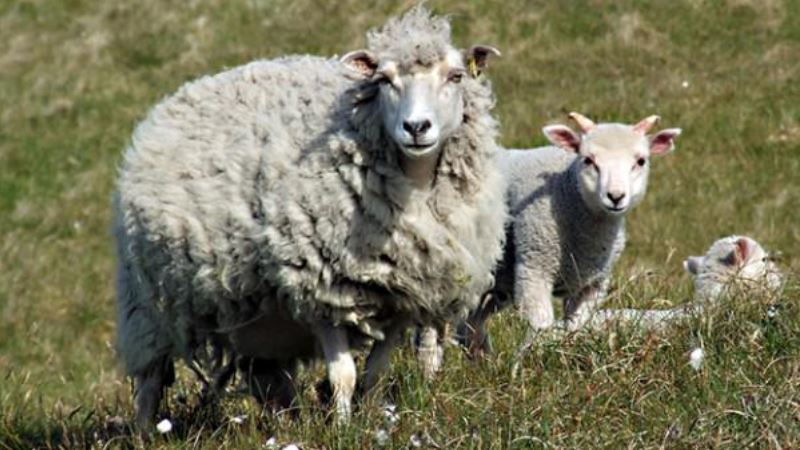As such, we relish the opportunity to work together to establish solutions that are mutually beneficial, and have the highest consideration for the environments and communities we work in.
A recent example of this approach is at HMS Sultan, a Ministry Of Defence (MOD) site where we maintain the grounds in partnership with our client Amey.
Tivoli have worked in partnership with Amey on five Next Generation MOD Estates Contracts for over 16 years, as well as a number of Prime Housing Contracts. We have delivered grounds; sports field; airfield; hard surface; hedge; and tree maintenance; as well as snow and ice clearance to more than 250 key Defence sites across the UK including Sandhurst, Horse Guards, Brize Norton, Britannia Naval College, RAF Lyneham and Catterick Garrison since 2015.
In that time, we have developed a strong relationship in collaboration with Amey to deliver additional improvements to the quality and efficiencies of the Defence Estate across the UK, to further enhance the quality of life for the Armed Forces end user. Our knowledge and understanding of the Estates, their infrastructure, and the high standards exacted by the Defence Infrastructure Organisation (DIO) is extensive, and our commitment to first-class service delivery is paramount.
HMS Sultan is the home of Defence School of Marine Engineering (DSMarE) and the Royal Naval Air Engineering and Survival School (RNAESS). The site consists of 4 forts, and a key feature is the circular keep on top of each fort, surrounded by a moat. The design of the forts resulted in very steep banks on top of sheer drops, in some cases into deep moat water.
Starting in 2017, we jointly assessed the grass cutting requirements on these areas with Amey. This was undertaken using a risk-based approach, with the safety of our operatives being the primary concern. Several different methods were trialled, resulting in sheep grazing being considered the most suitable option. Both DIO and the establishment supported the use of sheep to maintain these areas of open grassland and reduce shrub encroachment.
In 2019, the forts were designated as a ‘Site of Nature Conservation Interest’ (SNCI), and Hannah Etherington, the DIO ecologist for this site has confirmed: “The areas of Fort Rowner where grazing has been re-introduced contains swathes of semi-improved grassland with a wide range of wildflowers including autumn hawkbit, salad burnet, common knapweed, meadow vetchling and common bird’s-foot trefoil. The grazing will help to maintain an open sward where wildflowers can flourish.”
Grazing will be monitored over the Winter 2019-20 season to assess the impacts of the current stocking levels on the grassland and will be adapted if required.
You can read the full article by Andrew Tregunna, Amey Grounds Manager on page 53 of Sanctuary: Issue 48 2019, which can be found at https://www.gov.uk/government/publications/sanctuary







